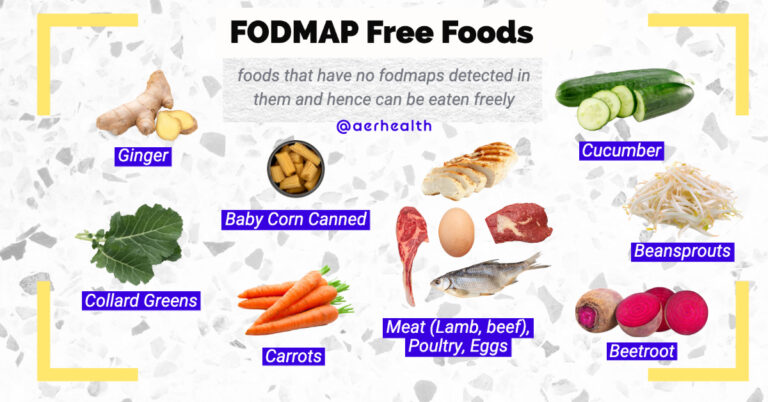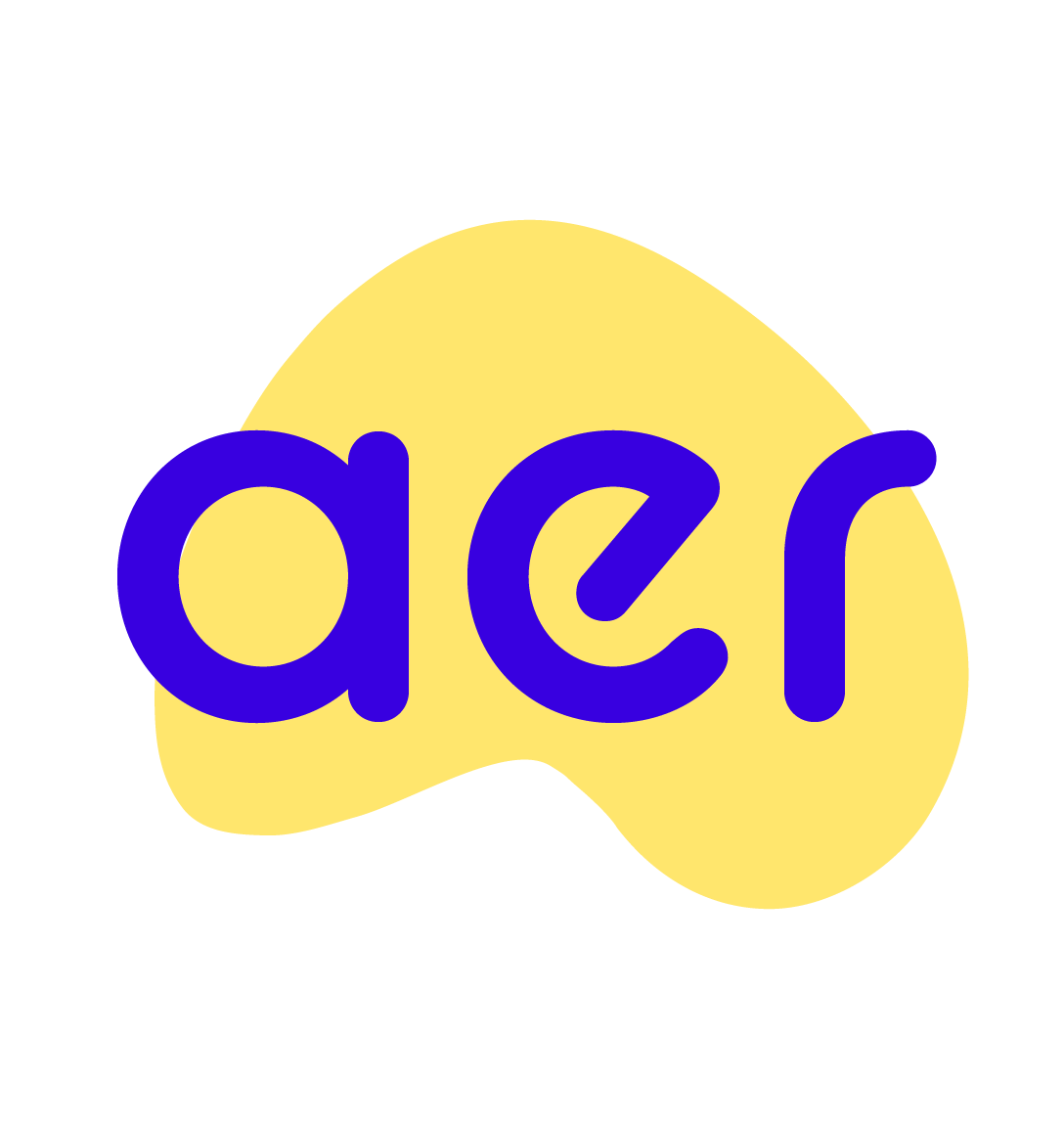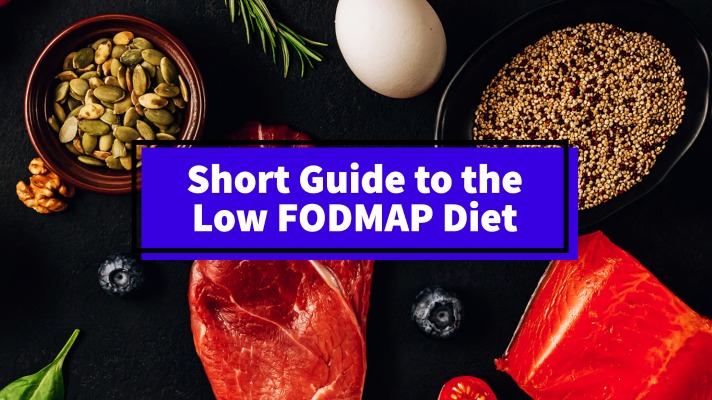The FODMAP Diet which has become popular in the management of irritable bowel syndrome, is not really diet but an exclusion process. FODMAPs are a group of short chain carbohydrates, that are not well absorbed by our digestive system. As a result they can trigger or worsen gastrointestinal symptoms in those living with IBS and other gut conditions. That’s where the FODMAP diet comes in, to help identify which FODMAP containing foods and groups are causing your tummy troubles. Though the term diet is somewhat misleading as once the culprit foods are determined, then only those should be removed from your regular diet. Following the low FODMAP diet long term is not advised.
Evidence shows that restriction over a prolonged period may result in a reduction in gut microbial diversity as many FODMAP containing foods are prebiotics or probiotics. Long term restriction also carries an increased risk of developing eating disorders. Therefore, it’s best to undertake this process under the supervision of a registered dietician who is trained in the FODMAP diet. For those who are unable to, it is important to properly understand the steps and timelines that should be followed to avoid over restriction and ensure triggers are successfully determined. Many people find that the FODMAP diet doesn’t work, only to find success once they follow the steps with the help of a trained dietician.
There are three steps or phases in the FODMAP diet. They are:
- Elimination/Restriction
- Reintroduction
- Personalisation
Phase 1: Elimination/Restriction (4-8 Weeks)

Low FODMAP Foods
Low FODMAP Fruits:
- Pineapple
- Berries – strawberries/blueberries/rasberries
- Grapes
- Unripe bananas
- Passion fruit
- Honeydew
- Papaya
- Kiwi
- Rhubarb
- Citrus fruits (exception: grapefruit – max half)
Low FODMAP Vegetables:
- Alfalfa
- Beansprouts
- Courgettes
- Cabbage (White & Red)
- Chives
- Endive leaves
- Courgettes
- Swiss chard
- Silver beet
- Green/French beans
- Chicory leaves
- Choy sum
- Fennel leaves
- Kale
- Lettuce
- Rocket
- Silver beet
- Spinach
Grains, Rice, Cereals:
- Rice
- Rice Flour
- Rice Cakes
- Buckwheat
- Buckwheat flour
- Buckwheat noodles
- Quinoa
- Polenta
- Oats
- Corn tortillas
- Cornflakes
- Wheat free breads
- Gluten free breads
Nuts:
- Peanuts
- Pecans – 10 halves
- Pine nuts
- Walnuts
- Macadamia nuts
- Chestnuts
- Sesame seeds
- Chia seeds
- Sunflower seeds
- Poppy seeds
- Pumpkin seeds
Who should proceed with extra caution when following a low FODMAP diet?
- People with a history of eating disorders
- People with special dietary requirements like vegetarians or those with food intolerances
- People with conditions affecting their dietary intake such as diabetics
Phase 2: Reintroduction (6-10 Weeks)
Choosing foods & quantity to test
The best way to approach this, is too test for the foods most often consumed in each FODMAP group. If you don’t eat yogurt but you usually drink milk, then for the lactose test it’s best to use milk. Likewise the quantity should also be adapted to your individual habits and preferences. For instance if you normally drink 100ml of milk, then it would not make sense to start with a quantity lower than that and increase it to 100ml, or keep consistent at that level each day of the test. Foods that are selected, should only be high in the FODMAP group it is being tested for, such as avocado which is only high in sorbitol and no other FODMAPs. Trigger foods that are high in multiple FODMAPs, may be tested once tolerance to each FODMAP group is individually established. List of foods suggested for reintroduction phase in each FODMAP group| FODMAP | Suggested Foods |
|---|---|
| Fructose | Mango, Honey |
| Lactose | Milk, Yogurt |
| Sorbitol | Avocado, Apricot |
| Mannitol | Mushroom, Cauliflower |
| Fructose + sorbitol | Apple, Pear |
| Fructan (wheat) | Wholemeal bread, pasta |
| Fructan (onion/garlic) | Onion, Garlic |
| GOS (galacto-oligosaccharides) | Lentils, chickpeas |
Important Points to Keep in Mind for the Reintroduction Phase
- A good rule of thumb to use when deciding the quantity of food to start the 3 day trial with is 1/4 of your normal consumption. For instance if you usually drink a full glass or 250 ml of milk, then start with a quarter glass or 62.5 ml of milk.
- Refrain from potential triggers such as alcohol, caffeine, spicy foods and others.
- Ensure that during the 6-10 week period there will not be any major changes in your surroundings, environment and that you will not be traveling.
Phase 3: Personalisation
This is an ongoing process where you test out different combinations of FODMAP containing foods, and adjust according to your tolerance levels. One common occurrence that can catch people off guard is what is known as FODMAP stacking, whereby the combined quantity of FODMAPs consumed in a short period of time can trigger symptoms.
Helpful Tips for following the Low FODMAP Diet
- Sometimes it is not just individual foods or FODMAP groups that trigger symptoms but the quantity of FODMAPs consumed in a period of time.
- A Low FODMAP diet should only be followed for a maximum of 6 – 8 weeks. This is the elimination/restriction phase
- If symptoms persist then stop the diet and go back to you regular diet
- Gluten vs fructan – gluten is a protein while fructan is a carbohydrate
- Gluten free foods are helpful when eliminating fructans as they do not contain wheat, rye of barley hence will not contain fructans
- Exception is 100% Spelt Sourdough

